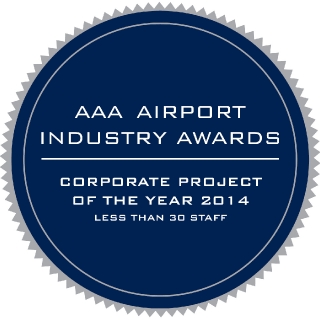
CASR Part 139 and the Part 139 Manual of Standards for aerodromes have undergone a comprehensive post-implementation review as part of CASA's standard rules development and implementation process.
The rules have been updated to reflect changes in the industry, technology, international standards and best practice, and are intended to be more flexible and practical to suit the diversity of aerodrome operations.
The new regulations and associated Manual of Standards will come into effect in August 2020.
Proposed changes at a glance
- Aerodromes will be either 'regulated' (certified) or 'unregulated', reducing complexity.
- Only aerodromes with instrument flight procedures would be required to be regulated (as per current rules), otherwise regulation is voluntary.
- Administrative and system requirements will be scalable, dependent on the size and complexity of the aerodrome operations and associated risk.
- Physical standards will be more flexible, with minimum, maximum and new 'preferred' limits to suit a variety of practical situations. These design standards can be implemented as infrastructure is built, replaced or upgraded.
- There are new options and standards to use enhanced visual aids to improve safety.
- Inspection and reporting requirements for all aerodromes will support risk-based regulatory surveillance.
- Existing aerodrome facilities will continue to be 'grandfathered' until they are upgraded or replaced.
-
Aerodromes currently issued exemptions under Part 11 of CASR may now be granted a wider range of enduring approvals subject to a suitable safety case being provided to CASA. This option is also available for aerodrome operators who wish to explore alternative means of compliance and can demonstrate an acceptable level of safety.
What will aerodrome operators need to do?
Existing certified or registered aerodromes or aerodrome operators seeking certification would be required to assess and notify CASA of the operational capability of their aerodrome, including regular passenger numbers and aircraft movements.
This would establish whether they reach higher risk trigger points requiring further safety management, enhanced documentation and technical inspections.
Aerodromes that don't reach these trigger points would have different documentation requirements and only need to annually advise if their manual or reported obstacle information needs updating.
Existing certified or registered aerodromes could also choose to incorporate the new standards for enhanced visual aids.
Additionally, aerodrome operators would need to nominate an 'accountable manager' to meet and report on compliance matters to CASA.
Need help?
Whilst CASA will provide a range of guidance material and practical tools to make the transition process easier once the rules are in place, some aerodrome operators may need additional assistance to prepare for the transition process.
To seek assistance with the transition to the new regulations and Manual of Standards, please contact us.
Tags: CASR Part 139, Manual Of Standards Part 139, Aerodrome Compliance, Aerodrome Management, Aviation Safety
